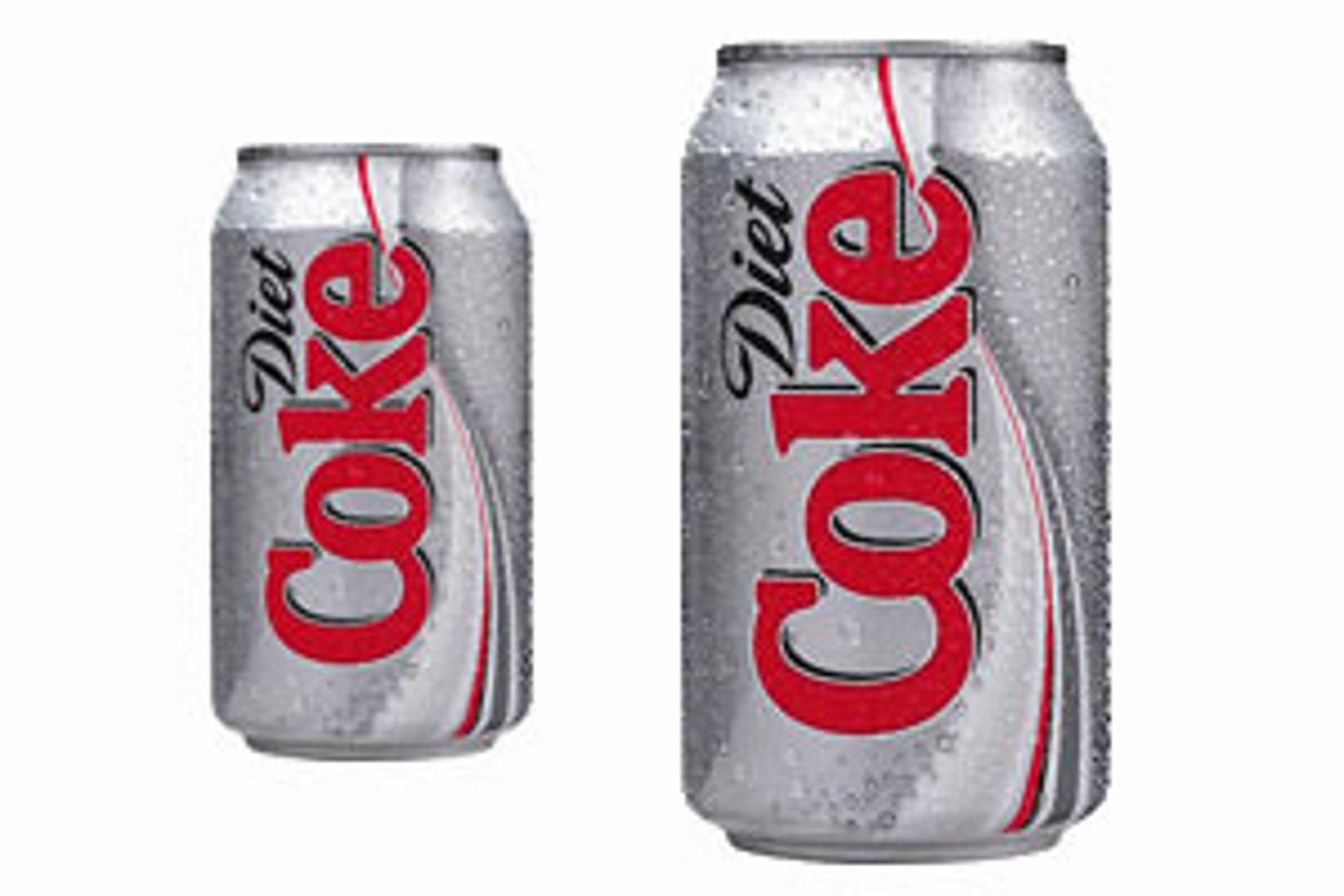Unit 2: Cognition
1/149
Earn XP
Description and Tags
Name | Mastery | Learn | Test | Matching | Spaced |
|---|
No study sessions yet.
150 Terms
short-term memory
briefly activated memory of a few items (such as digits of a phone number while calling) that is later stored or forgotten.
neurogenesis
the formation of new neurons.
reconsolidation
a process in which previously stored memories, when retrieved, are potentially altered before being stored again.
inattentional blindness
failing to see visible objects when our attention is directed elsewhere.

change blindness
failing to notice changes in the environment; a form of inattentional blindness.
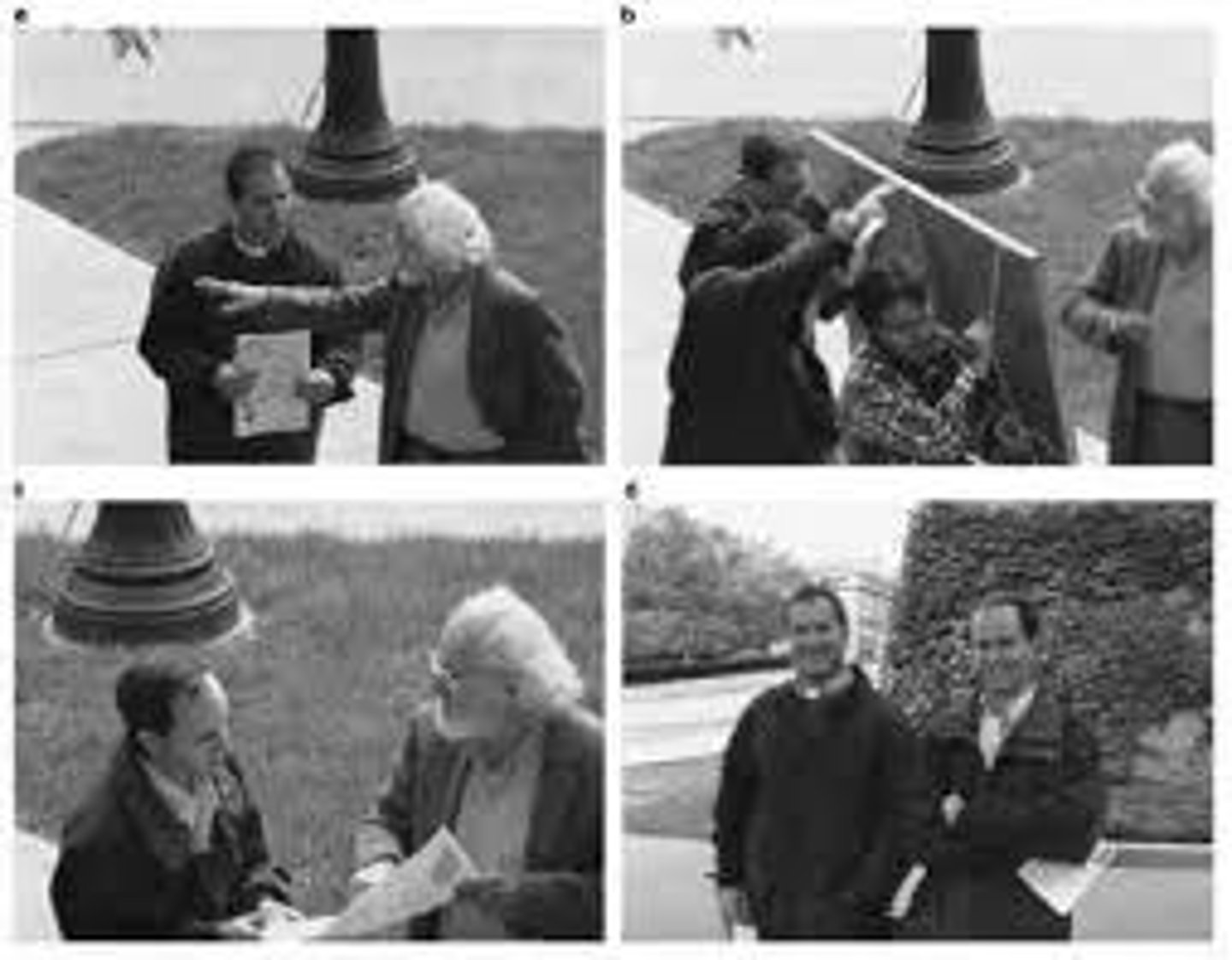
perceptual set
a mental predisposition to perceive one thing and not another.

selective attention
focusing conscious awareness on a particular stimulus.
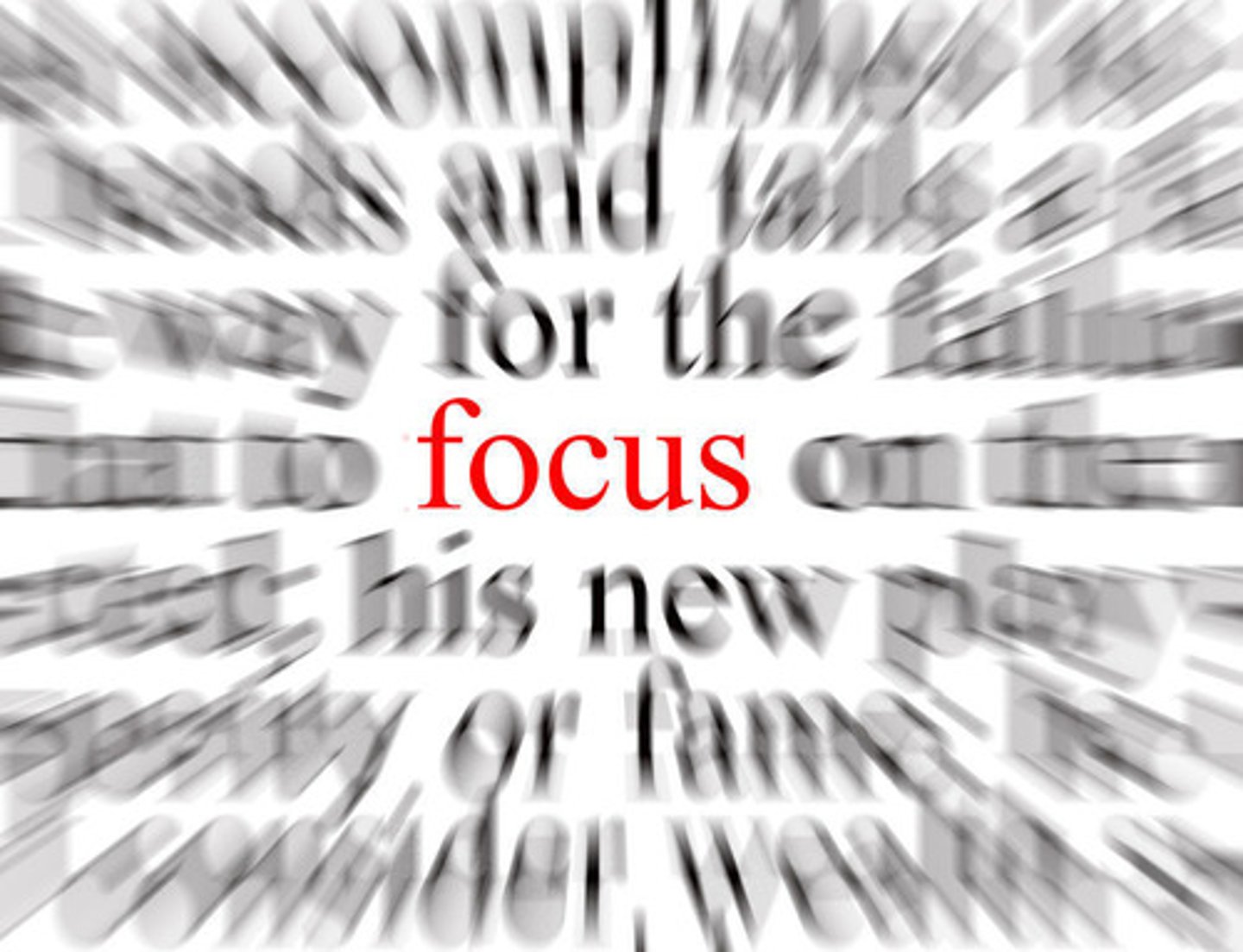
gestalt
an organized whole. Psychologists emphasized our tendency to integrate pieces of information into meaningful wholes.

depth perception
the ability to see objects in three dimensions although the images that strike the retina are two-dimensional; allows us to judge distance.
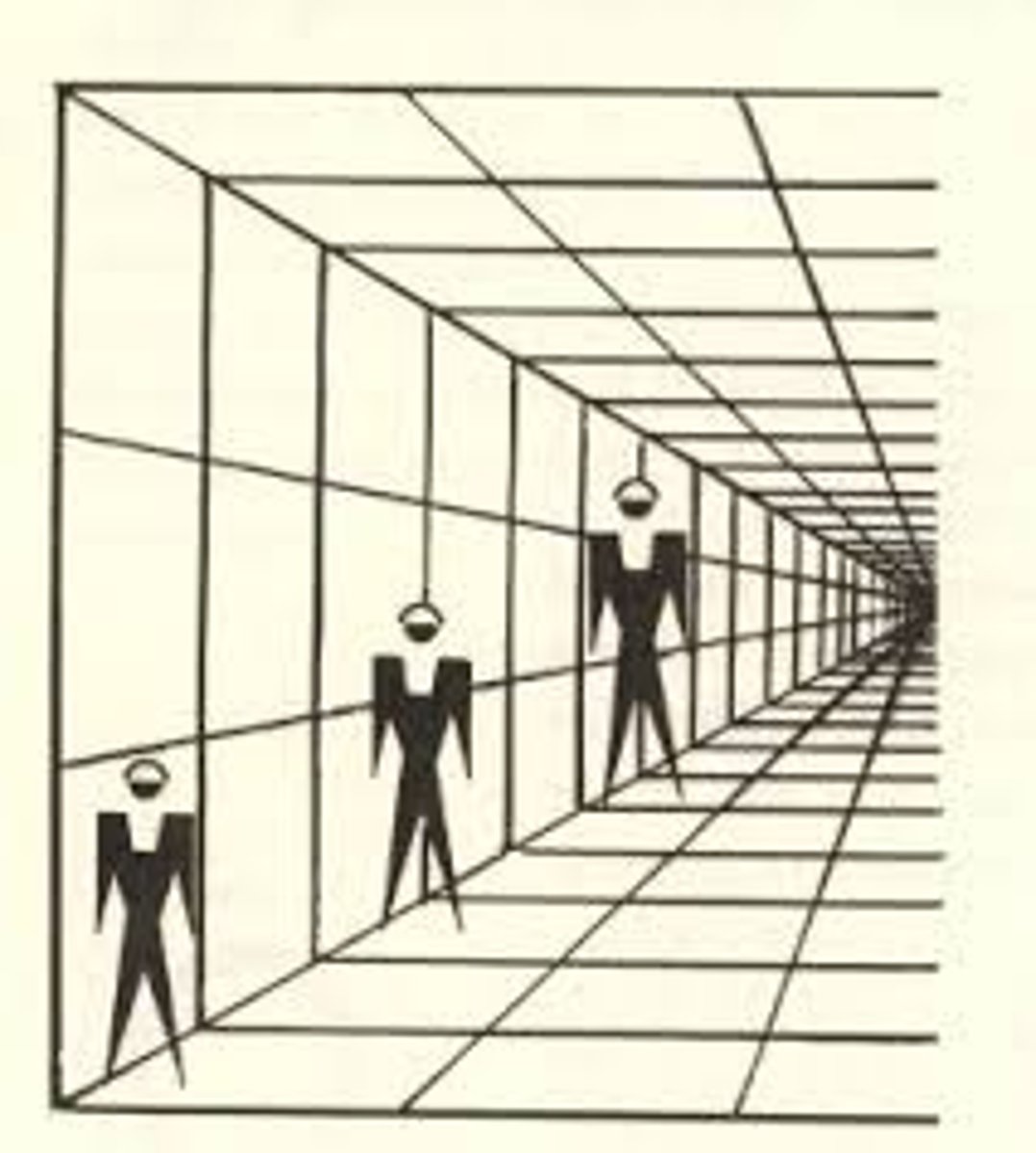
binocular cues
a depth cue, such as retinal disparity, that depends on the use of two eyes.
convergence
a cue to nearby objects' distance, enabled by the brain combining retinal images.
phi-phenomenon
an illusion of movement created when two or more adjacent lights blink on and off in quick succession.

autokinetic effect
the illusory movement of a still spot of light in a dark room.
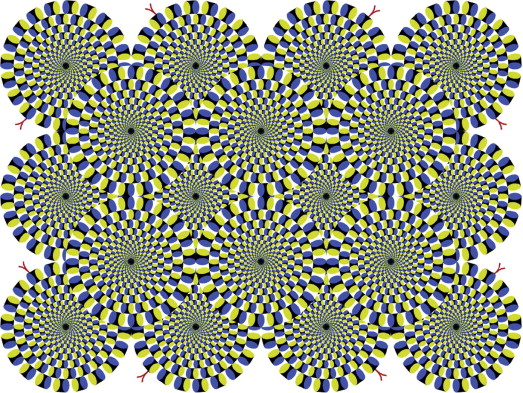
perceptual constancy
perceiving objects as unchanging (having consistent color, brightness, shape, and size) even as illumination and retinal images change.
perceptual adaptation
the ability to adjust to changed sensory input, including an artificially displaced or even inverted visual field.
cognition
all the mental activities associated with thinking, knowing, remembering, and communicating.
concepts
a mental grouping of similar objects, events, ideas, or people.
prototype
a mental image or best example of a category. Matching new items to a _________ provides a quick and easy method for sorting items into categories.
schemas
a concept or framework that organizes and interprets information.
assimilate
interpreting our new experiences in terms of our existing schemas.
convergent thinking
narrowing the available problem solutions to determine the single best solution.
executive functions
cognitive skills that work together, enabling us to generate, organize, plan, and implement goal-directed behavior.
algorithms
a methodical, logical rule or procedure that guarantees solving a particular problem. Contrasts with the usually speedier — but also more error-prone — use of heuristics.
confirmation bias
a tendency to search for information that supports our preconceptions and to ignore or distort contradictory evidence.
fixation
in cognition, the inability to see a problem from a new perspective; an obstacle to problem solving.
mental set
a tendency to approach a problem in one particular way, often a way that has been successful in the past.
representativeness heuristics
judging the likelihood of events in terms of how well they seem to represent, or match, particular prototypes; may lead us to ignore other relevant information.
availability heuristic
judging the likelihood of events based on their availability in memory; if instances come readily to mind (perhaps because of their vividness), we presume such events are common.
belief perseverance
the persistence of one's initial conceptions even after the basis on which they were formed has been discredited.
framing
the way an issue is posed; how an issue is framed can significantly affect decisions and judgments.
nudge
framing choices in a way that encourages people to make beneficial decisions.
memory
the persistence of learning over time through the encoding, storage, and retrieval of information.
phonological loop
a memory component that briefly holds auditory information.
mnemonics
memory aids, especially those techniques that use vivid imagery and organizational devices.
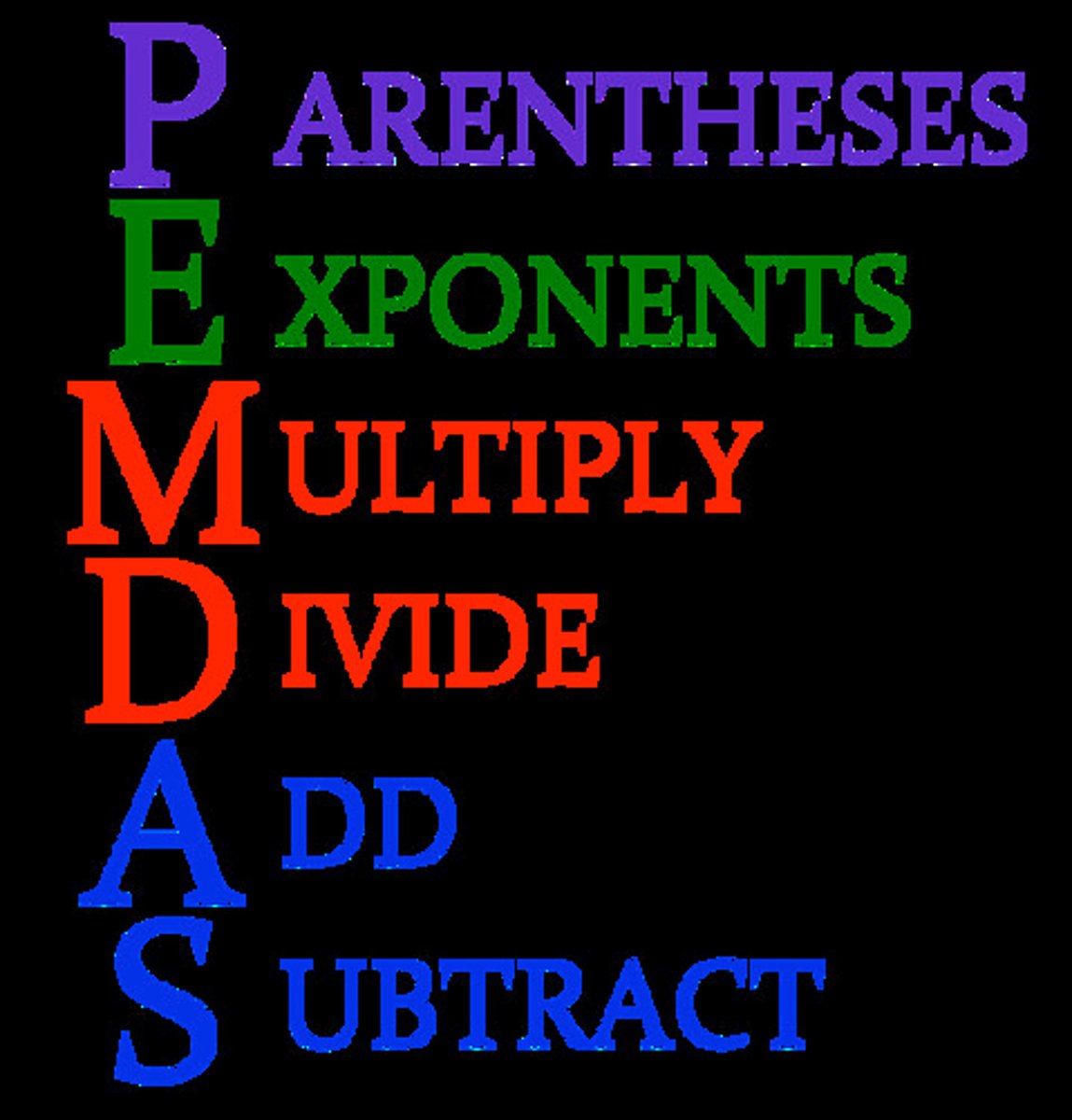
spacing effect
the tendency for distributed study or practice to yield better long-term retention than is achieved through massed study or practice.
hippocampus
a neural center located in the limbic system; helps process explicit (conscious) memories — of facts and events — for storage.

flashbulb memories
a clear memory of an emotionally significant moment or event.

serial position effect
our tendency to recall best the last items in a list initially (a recency effect) and the first items in a list after a delay (a primacy effect).
repression
in psychoanalytic theory, the basic defense mechanism that banishes from consciousness anxiety-arousing thoughts, feelings, and memories.
source amnesia
faulty memory for how, when, or where information was learned or imagined (as when misattributing information to a wrong source). ____________ along with the misinformation effect, is at the heart of many false memories.
figure-ground
the organization of the visual field into objects (the figures) that stand out from their surroundings (the ground).

grouping
the perceptual tendency to organize stimuli into coherent groups.

The Visual Cliff Apparatus
An experimental setup designed to investigate infants and animals depth perception and willingness to crawl over perceived drop offs. This demonstrated that most infants, one able to crawl, would avoid the deep side of the apparatus, indication they have developed depth perception.

retinal disparity
a binocular cue for perceiving depth. By comparing retinal images from the two eyes, the brain computes distance — the greater the disparity (difference) between the two images, the closer the object.

monocular cue
a depth cue, such as interposition or linear perspective, available to either eye alone.
stroboscopic movement
an illusion of continuous movement (as in a motion picture) experienced when viewing a rapid series of slightly varying still images.
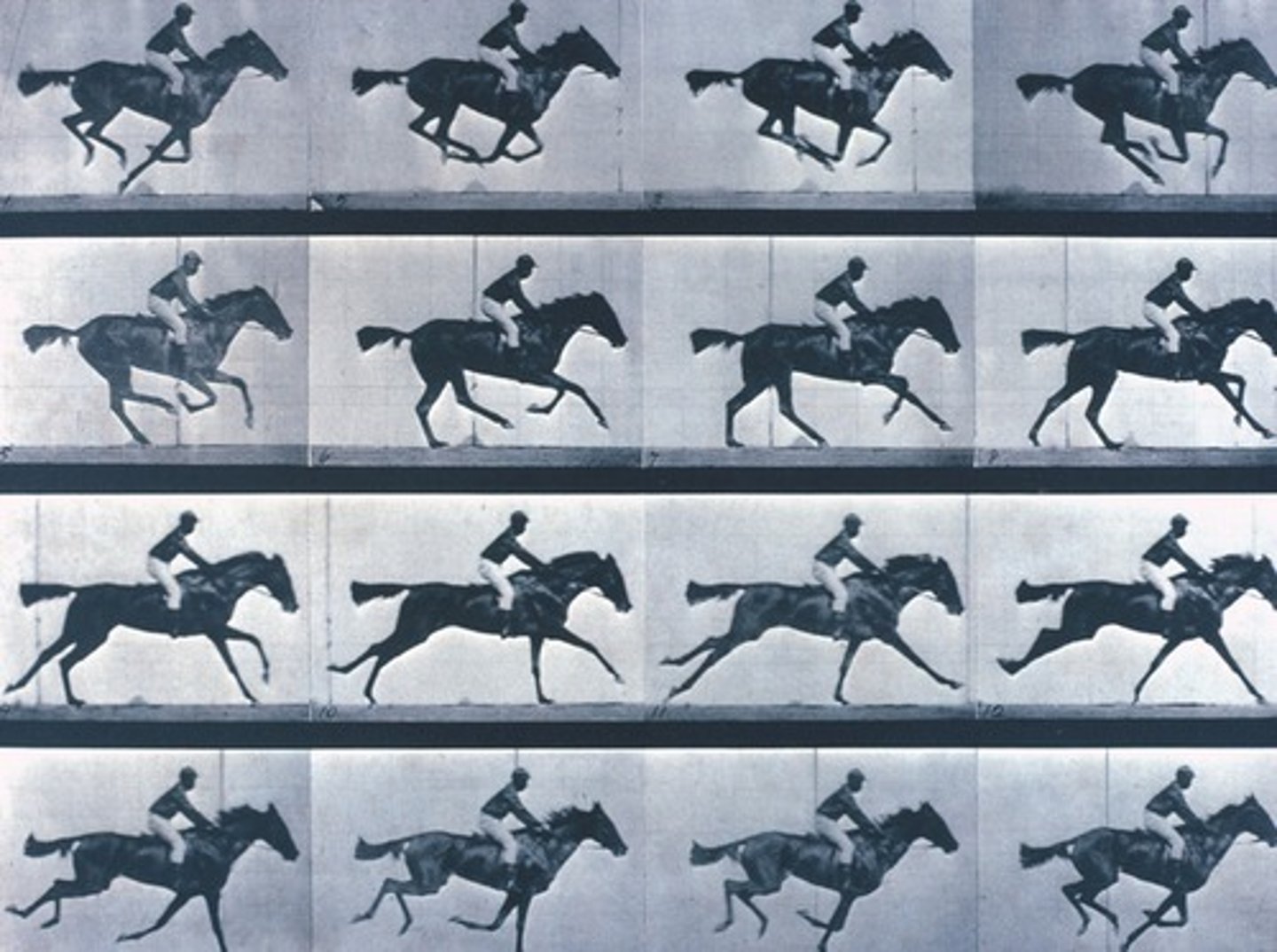
color constancy
perceiving familiar objects as having consistent color, even if changing illumination alters the wavelengths reflected by the object.
metacognition
cognition about our cognition; keeping track of and evaluating our mental processes.
accommodate
(1) in sensation and perception, the process by which the eye's lens changes shape to focus images of near or far objects on the retina. (2) in developmental psychology, adapting our current schemas (understandings) to incorporate new information.
creativity
the ability to produce new and valuable ideas.
divergent thinking
expanding the number of possible problem solutions; creative thinking that diverges in different directions.
heuristics
a simple thinking strategy — a mental shortcut — that often allows us to make judgments and solve problems efficiently; usually speedier but also more error-prone than an algorithm.
insight
a sudden realization of a problem's solution; contrasts with strategy-based solutions.
intuition
an effortless, immediate, automatic feeling or thought, as contrasted with explicit, conscious reasoning.
overconfidence
the tendency to be more confident than correct — to overestimate the accuracy of our beliefs and judgments.
recall
a measure of memory in which the person must retrieve information learned earlier, as on a fill-in-the-blank test.
recognition
a measure of memory in which the person identifies items previously learned, as on a multiple-choice test.
relearning
a measure of memory that assesses the amount of time saved when learning material again.
encoding
the process of getting information into the memory system — for example, by extracting meaning.
storage
the process of retaining encoded information over time.
retrieval
the process of getting information out of memory storage.
parallel processing
processing multiple aspects of a stimulus or problem simultaneously.
sensory memory
the immediate, very brief recording of sensory information in the memory system.
long-term memory
the relatively permanent and limitless archive of the memory system. Includes knowledge, skills, and experiences.
working memory
the active process of temporarily holding and manipulating information, rather than just passively storing it
central executive
a memory component that coordinates the activities of the phonological loop and visuospatial sketchpad.
visuospatial sketchpad
a memory component that briefly holds information about objects' appearance and location in space.
long-term potentiation (LTP)
an increase in a nerve cell's firing potential after brief, rapid stimulation; a neural basis for learning and memory.
effortful processing
encoding that requires attention and conscious effort.
automatic processing
unconscious encoding of incidental information, such as space, time, and frequency, and of familiar or well-learned information, such as sounds, smells, and word meanings.
implicit memories
retention of learned skills or classically conditioned associations independent of conscious recollection.
iconic memory
a momentary sensory memory of visual stimuli; a photographic or picture-image memory lasting no more than a few tenths of a second.
echoic memory
a momentary sensory memory of auditory stimuli; if attention is elsewhere, sounds and words can still be recalled within 3 or 4 seconds.
chunking
organizing items into familiar, manageable units; often occurs automatically.

testing effect
enhanced memory after retrieving, rather than simply rereading, information. Also referred to as a retrieval practice effect or test-enhanced learning.
shallow processing
encoding on a basic level, based on the structure or appearance of words.
deep processing
encoding semantically, based on the meaning of the words; tends to yield the best retention.
semantic memory
explicit memory of facts and general knowledge; one of our two conscious memory systems.
episodic memory
explicit memory of personally experienced events; one of our two conscious memory systems.
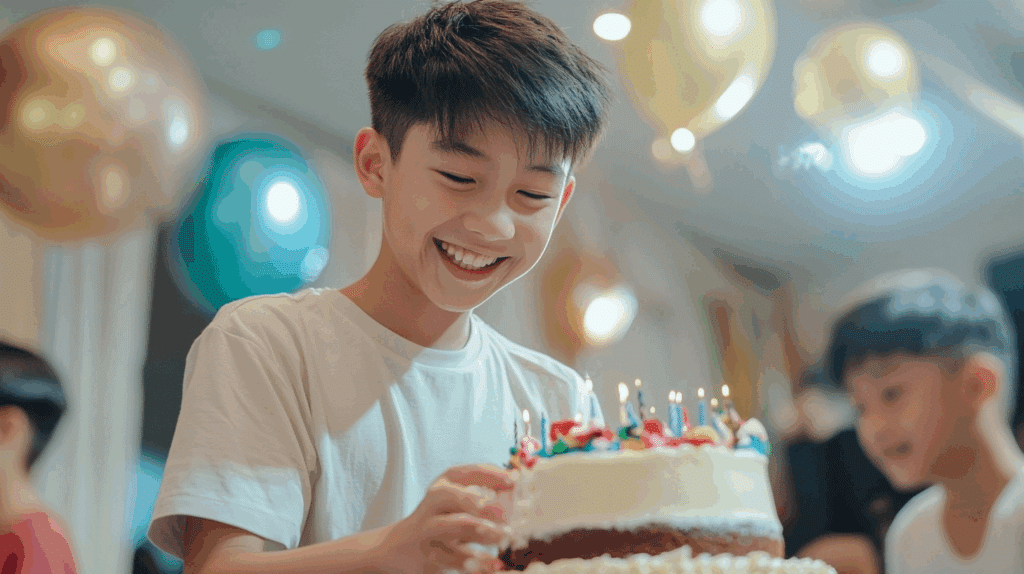
memory consolidation
the neural storage of a long-term memory.
priming
the activation, often unconsciously, of certain associations, thus predisposing one's perception, memory, or response.
encoding specificity principle
the idea that cues and contexts specific to a particular memory will be most effective in helping us recall it.
mood congruence
the tendency to recall experiences that are consistent with one's current good or bad mood.
interleaving
a retrieval practice strategy that involves mixing the study of different topics.
anterograde amnesia
an inability to form new memories.
retrograde amnesia
an inability to remember information from one's past.
proactive interference
When older memories interfere with the recall of newer memories. Forward Acting
retroactive interference
When newer memories interfere with the recall of older memories. (Backward acting)
misinformation effect
occurs when a memory has been corrupted by misleading information.
Deja vu
that eerie sense that "I've experienced this before." Cues from the current situation may unconsciously trigger retrieval of an earlier experience.
intelligence
the ability to learn from experience, solve problems, and use knowledge to adapt to new situations.
general intelligence
according to Spearman and others, underlies all mental abilities and is therefore measured by every task on an intelligence test.
fluid intelligence (Gf)
our ability to reason speedily and abstractly; tends to decrease with age, especially during late adulthood.
crystallized intelligence (Gc)
our accumulated knowledge and verbal skills; tends to increase with age.
Cattel-Horn-Carroll (CHC) Theory
the theory that our intelligence is based on g as well as specific abilities, bridged by Gf and Gc.
savant syndrome
a condition in which a person otherwise limited in mental ability has an exceptional specific skill, such as in computation or drawing.
grit
in psychology, passion and perseverance in the pursuit of long-term goals.
emotional intelligence
the ability to perceive, understand, manage, and use emotions.
relative clarity
Because more light passes through objects that are farther away, we perceive these objects as hazy, blurry or unclear. Nearby objects, by contrast, appear sharp and clear.
relative Size
If we assume two objects are similar size, most people perceive the one that casts the smaller retinal image as farther away.
